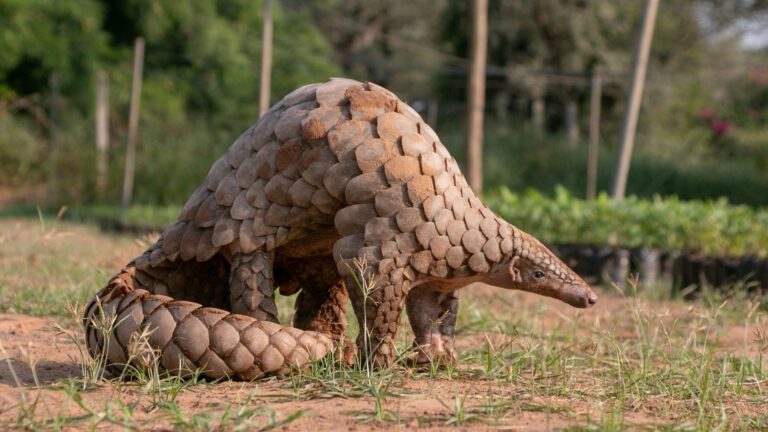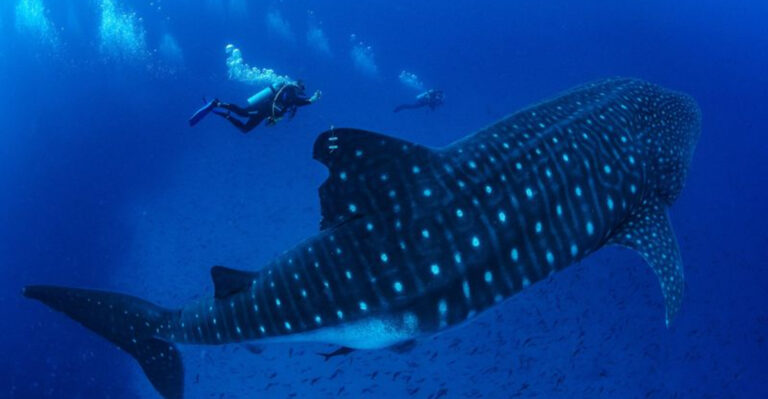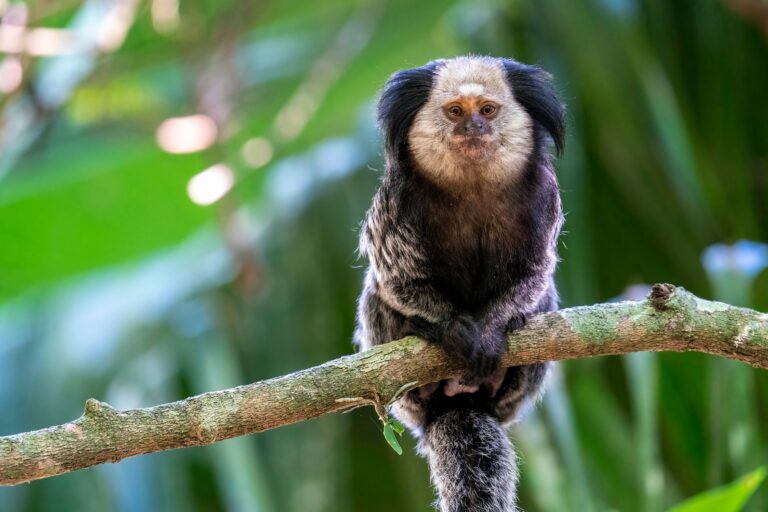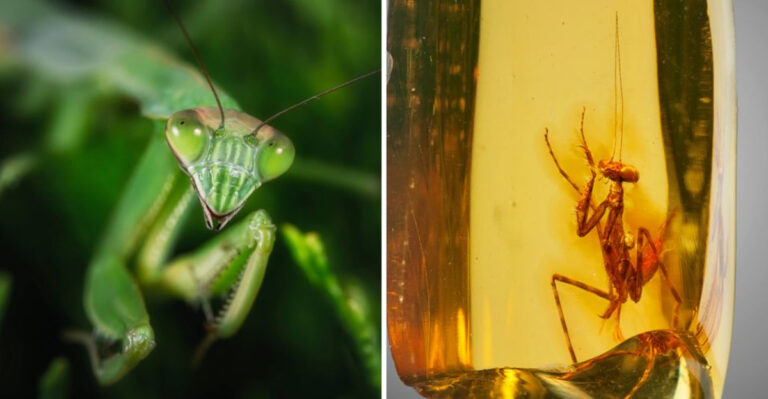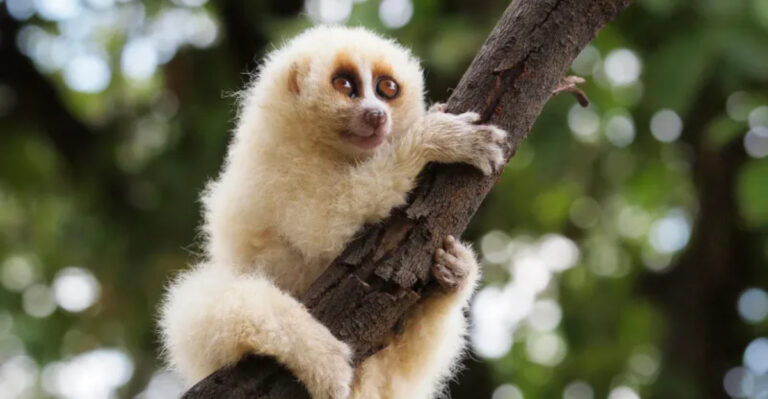16 Amazing Ways Dogs Are Saving Endangered Animals Around The World
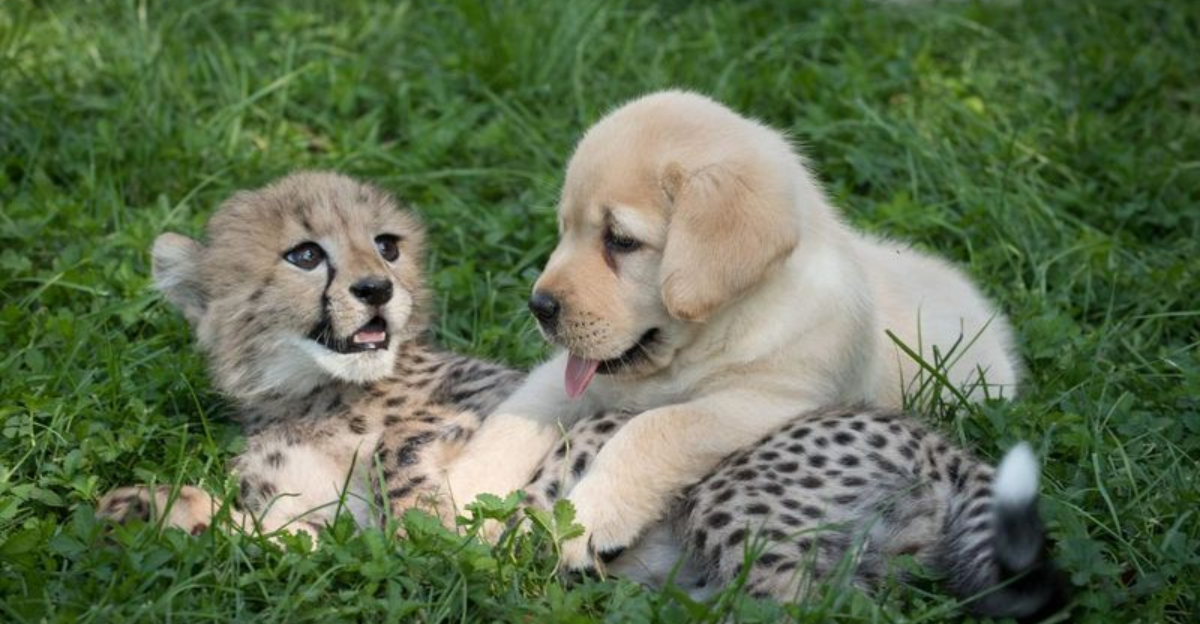
Dogs, with their keen senses and tireless energy, are proving to be real heroes in the wild. Around the globe, they’re stepping up to help protect endangered species.
From sniffing out poachers to herding turtles, these canine companions are making a big difference in conservation efforts.
1. Anti-Poaching Units
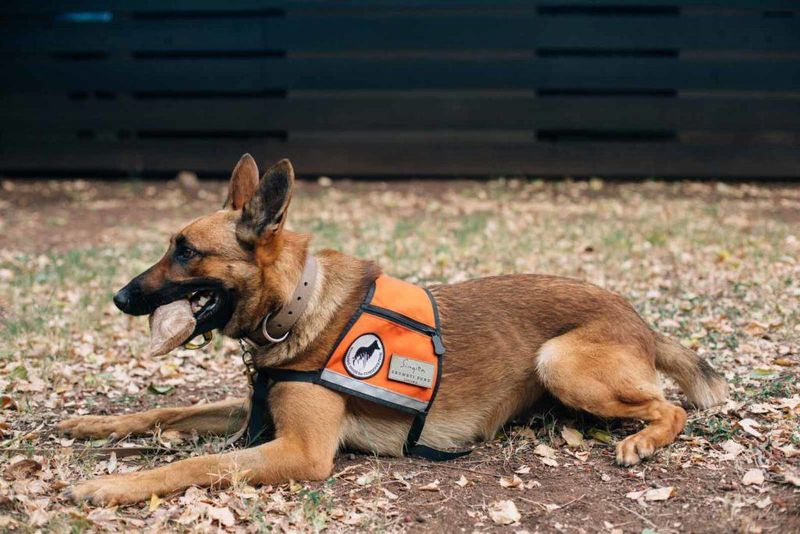
Ever seen a dog chase down a poacher? Enter the Belgian Malinois, a breed that’s part of elite anti-poaching units. These dogs use their sharp senses to track illegal hunters in African reserves.
With their speed and agility, they’re a poacher’s worst nightmare, often catching culprits in the act.
Their work is vital in conserving rhinos and elephants, ensuring these majestic giants roam free. Truly, they’re the unsung heroes of wildlife conservation.
2. Penguin Protectors
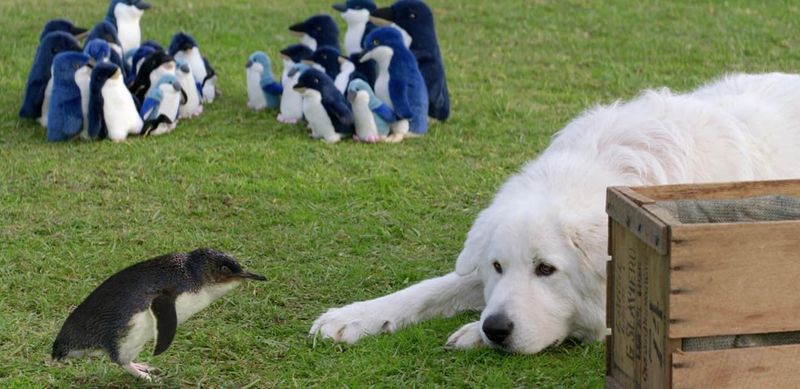
On Middle Island in Australia, Maremma Sheepdogs stand guard over little penguins. These fluffy guardians protect the penguins from predatory foxes.
The dogs’ presence alone is enough to deter foxes, giving the penguins a safe space to thrive.
This ingenious conservation method has seen the penguin population soar. It’s a delight to see how these canine sentinels ensure a peaceful life for their feathered friends.
3. Turtle Tidbits
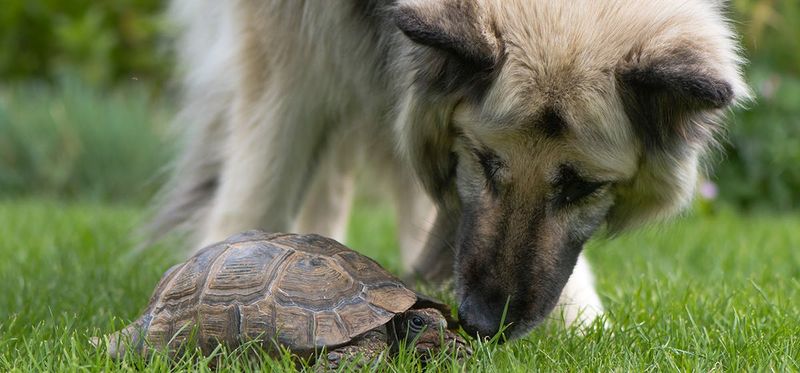
Labradors, known for their gentle touch, play a role in turtle conservation. In Costa Rica, they help relocate turtle eggs to safer locations, away from predators and human interference.
Their soft mouths ensure eggs aren’t damaged during transport.
This ensures a higher survival rate for the hatchlings, giving them a fighting chance in the vast ocean. Who knew that these playful pooches would be pivotal in preserving marine life?
It’s heartwarming to see them at work.
4. Orangutan Guardians
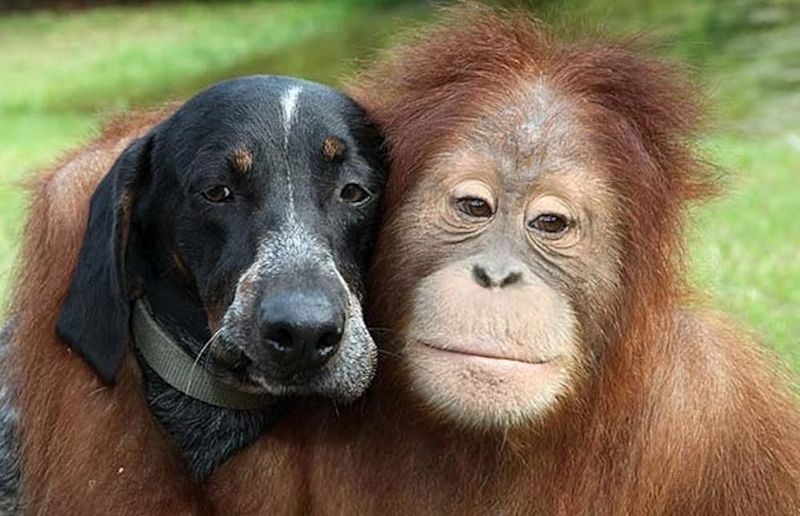
Bloodhounds, with noses like no other, are the silent protectors of orangutans in Borneo. They assist rangers by tracking illegal loggers who threaten orangutan habitats.
Their exceptional tracking abilities make them invaluable in these dense jungles.
By ensuring loggers are caught, these dogs help preserve the forests that orangutans call home. It’s amazing how a dog’s nose can make such a huge impact on conservation. Now that’s a sniff to be proud of!
5. Cheetah Companions
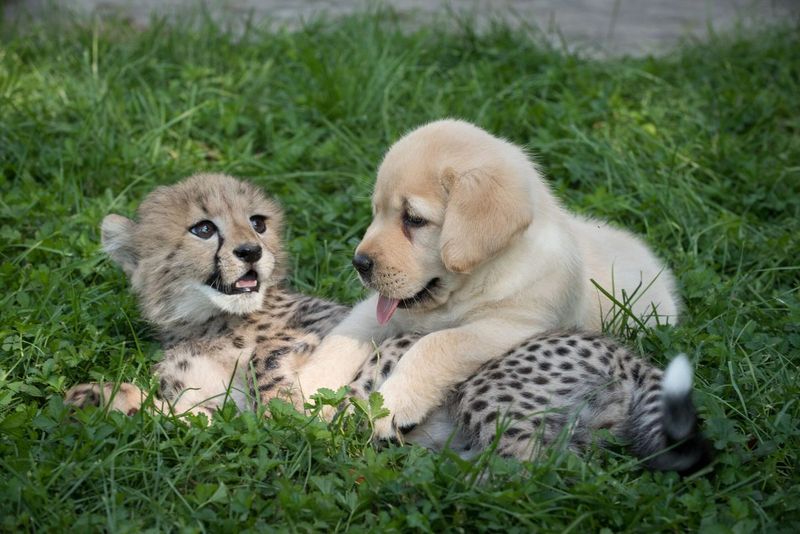
Anatolian Shepherds in Namibia have an unusual job: they’re friends with cheetahs. Farmers use these dogs to protect livestock, reducing the need to hunt cheetahs that might prey on their animals.
The presence of these dogs keeps cheetahs at bay, while farmers’ livelihoods remain secure.
This unique relationship helps prevent cheetah killings, boosting their numbers in the wild. It’s awesome how a dog can bridge the gap between humans and wildlife. Truly innovative!
6. Amphibian Allies
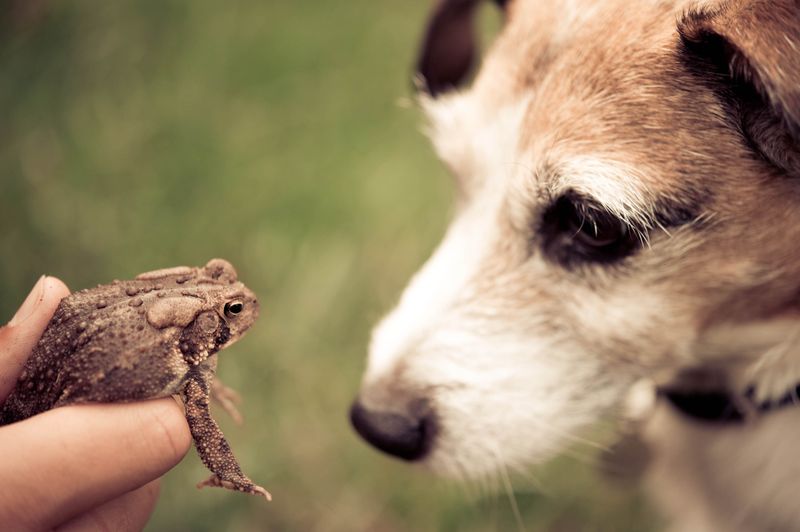
In the wetlands of North America, Springer Spaniels are on a mission. They’re trained to detect rare amphibians, helping conservationists monitor frog populations.
With their boundless energy, they cover vast areas swiftly, ensuring no frog goes unnoticed.
These dogs play a crucial part in studying environmental impacts on amphibians. Their work keeps our ecosystems balanced and thriving.
7. Panda Protectors
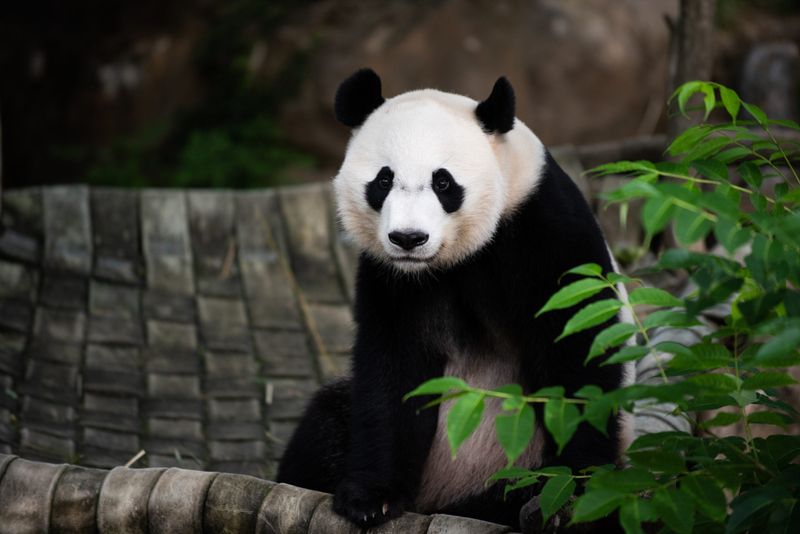
In the misty mountains of China, Tibetan Mastiffs are guardians of the giant pandas. These majestic dogs protect the pandas from poachers, patrolling the forests diligently.
Their imposing presence deters threats, ensuring pandas wander peacefully.
Due to their efforts, panda numbers have seen a positive trend. It’s incredible how these noble dogs have become symbols of hope for these gentle giants.
Just imagine having such a magnificent protector by your side.
8. Wolf Watchers
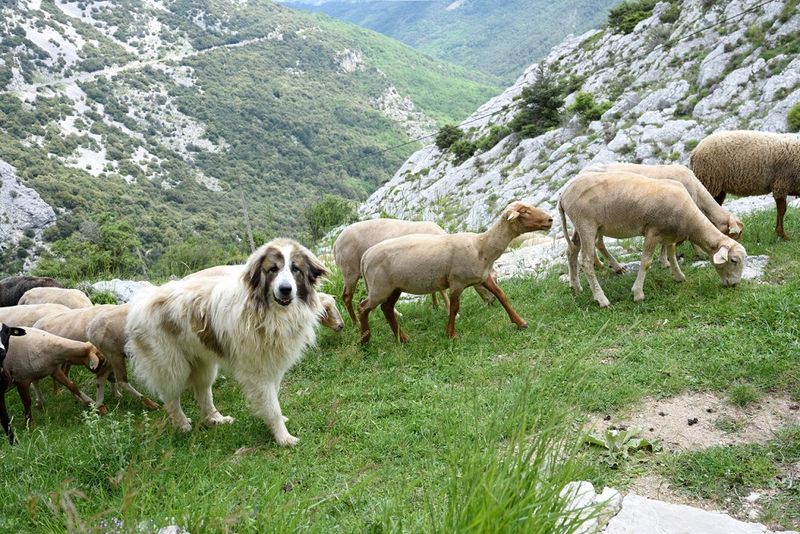
Great Pyrenees are the ultimate peacekeepers in the European Alps. They protect livestock from wolves, reducing conflict between farmers and these predators.
By ensuring the safety of livestock, they help maintain balance in the ecosystem, as wolves don’t need to be culled. These dogs’ calm demeanor and protective instincts are vital in these regions.
9. Feline Friends
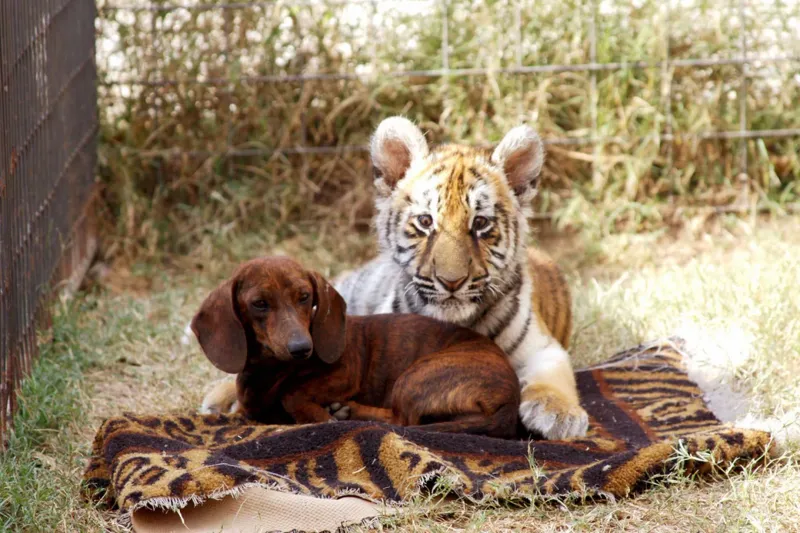
In Turkey, Kangal dogs are safeguarding wild cats, including the endangered Anatolian leopard. By protecting livestock, they reduce the need for farmers to harm these elusive cats.
Their formidable size and presence keep predators at bay, allowing wild cats to roam freely.
This symbiotic relationship is crucial for preserving Turkey’s feline diversity. It’s fascinating how these dogs can influence the survival of entire species.
10. Elephant Escorts
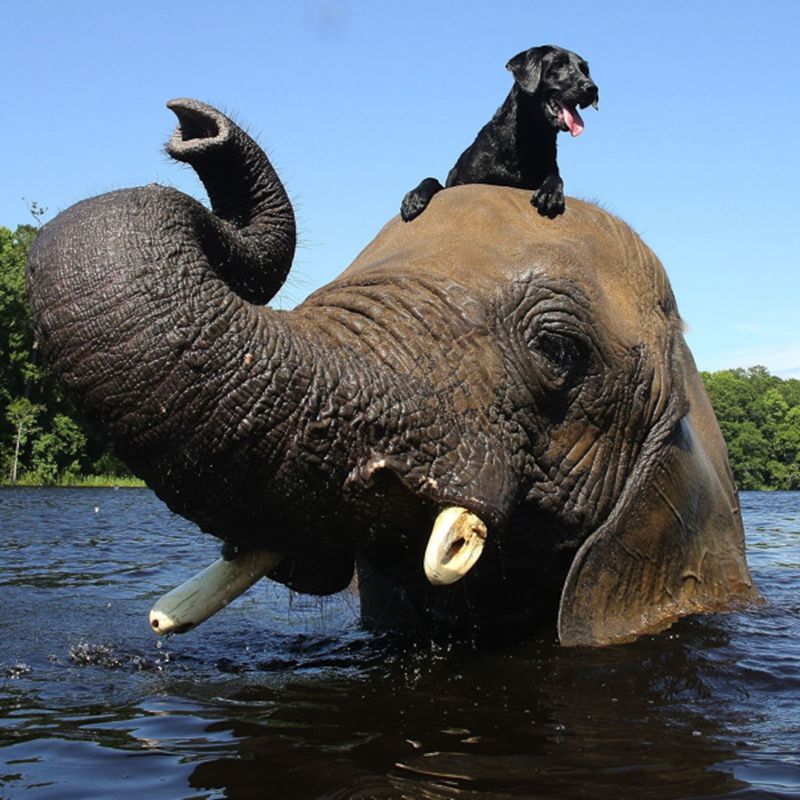
The Rhodesian Ridgeback, with its rich history as a lion hunter, now serves a gentler purpose. In Africa, they accompany elephants, providing an additional layer of protection.
Their presence helps monitor elephant movements, deterring poachers from targeting these giants.
This unique partnership aids in keeping the elephant populations safe and stable. It’s heartening to see how these dogs have transitioned from hunters to protectors. What a remarkable shift in roles!
11. Koala Carers
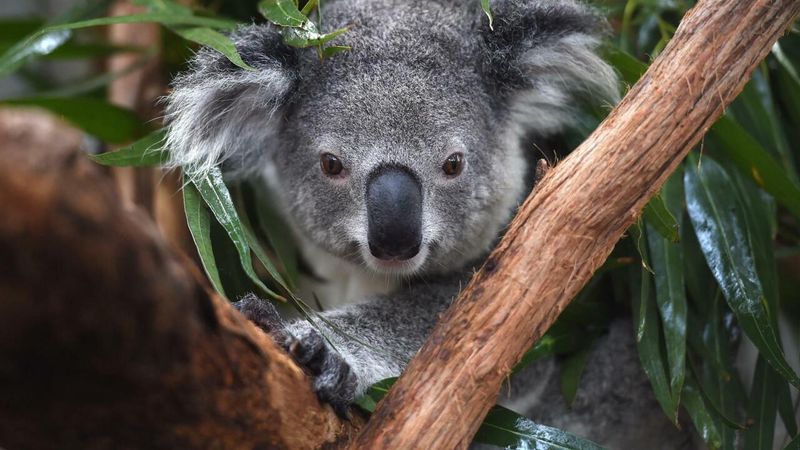
Australian Shepherds have taken on the role of koala carers down under. They assist in locating injured or stranded koalas, especially after bushfires.
Their keen sense of smell helps them find koalas hidden high in eucalyptus trees.
12. Coral Guardians
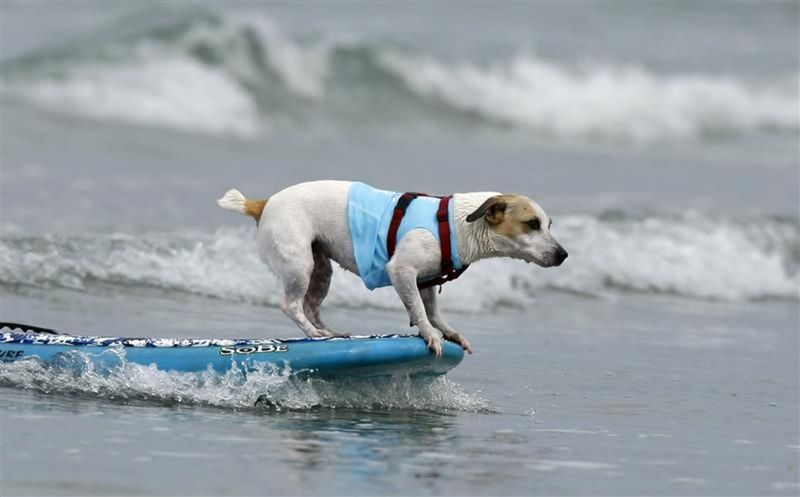
Surprisingly, Jack Russell Terriers are making waves in marine conservation. In the Caribbean, they help researchers study coral reefs by locating areas with healthy coral growth.
Their agility and curiosity make them perfect for boat-based missions.
This information assists scientists in understanding reef ecosystems better. Who would’ve thought these little dogs could be involved in such big conservation efforts? Their help is invaluable for marine life.
13. Rhino Rescuers
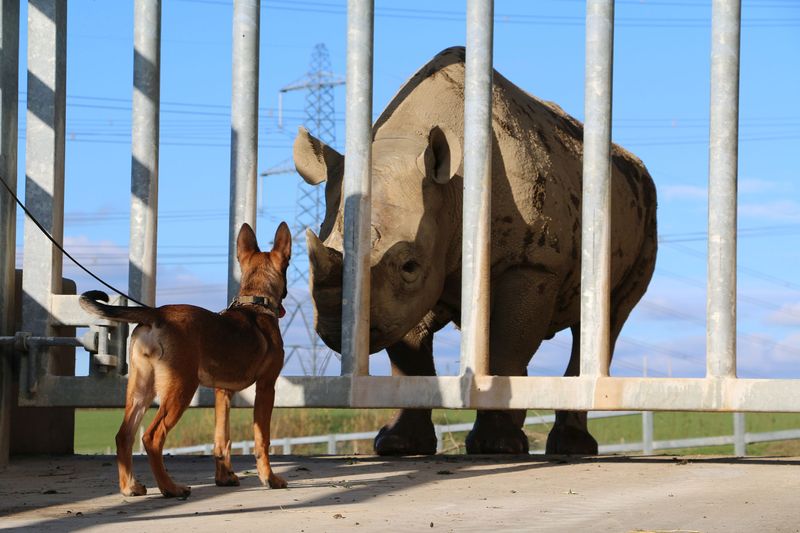
Doberman Pinschers, known for their alertness, are crucial in rhino conservation efforts in Africa. They work alongside rangers to track poachers, protecting these vulnerable creatures.
Their keen senses help detect threats before they become problems.
By ensuring rhinos’ safety, they play a big part in preventing extinction. It’s incredible how these dogs are rewriting the narrative for these magnificent beasts.
14. Bear Buddies
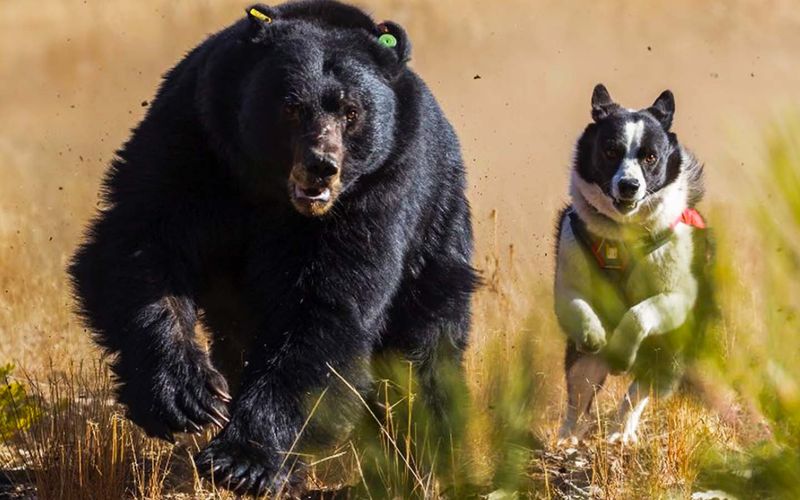
Kuvasz dogs, originally from Hungary, have found a new calling in bear conservation. In North America, they deter bears from approaching human settlements, reducing human-wildlife conflict.
Their commanding presence and loud barks keep bears at a safe distance.
This allows bears to thrive in their natural habitats without threats from humans. It’s fascinating how a breed with ancient roots can adapt to modern conservation needs. Truly, man’s best friend transcends eras.
15. Bat Benefactors
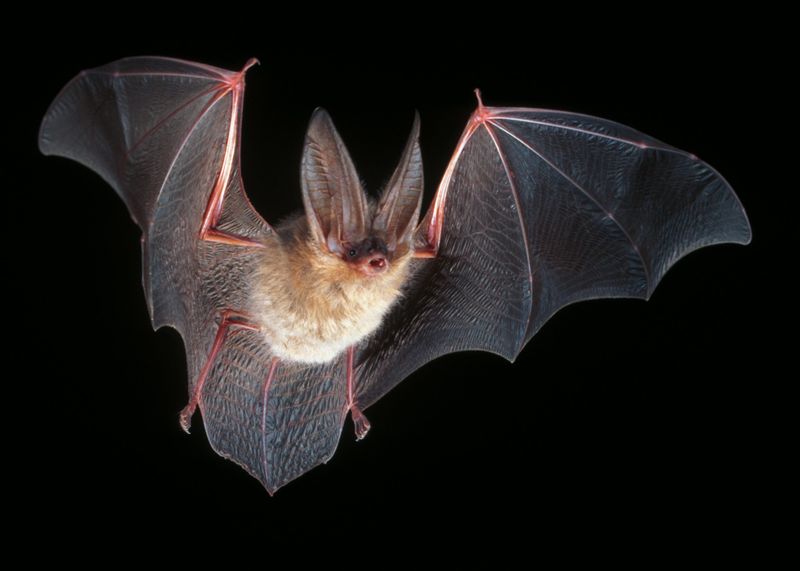
Border Collies, with their sharp eyes and quick reflexes, have entered the world of bat conservation. In Europe, they help researchers monitor bat populations by observing flight patterns.
Their intelligence allows them to differentiate between various species.
This data is crucial for understanding the health of bat colonies.
Who would have thought dogs could look to the skies in the name of conservation? It’s yet another way these clever canines contribute to the environment.
16. Vaquita Vigilantes
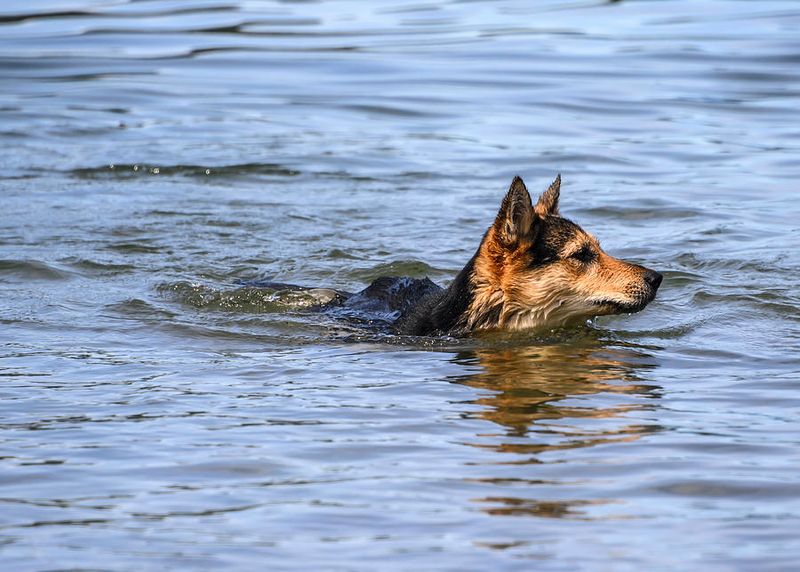
German Shepherds are joining the fight to save the elusive vaquita, the world’s rarest marine mammal. In the Gulf of California, they help patrol waters to deter illegal fishing activities.
Their presence on boats acts as a deterrent, ensuring vaquitas remain safe in their habitat.
It’s impressive how these dogs are lending their instincts to marine conservation. Who knew that such a loyal breed could play a part in saving a species from the brink of extinction?

